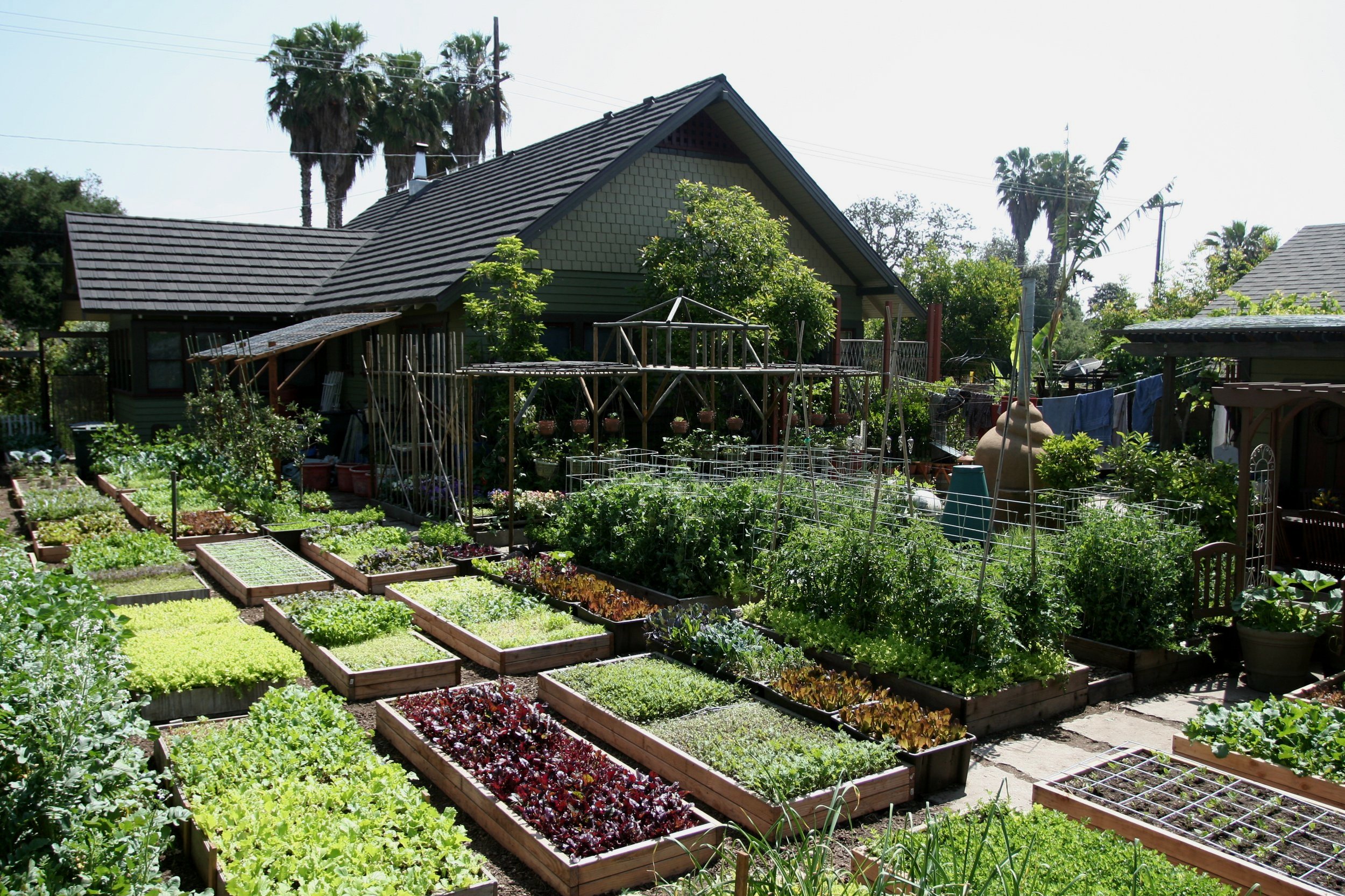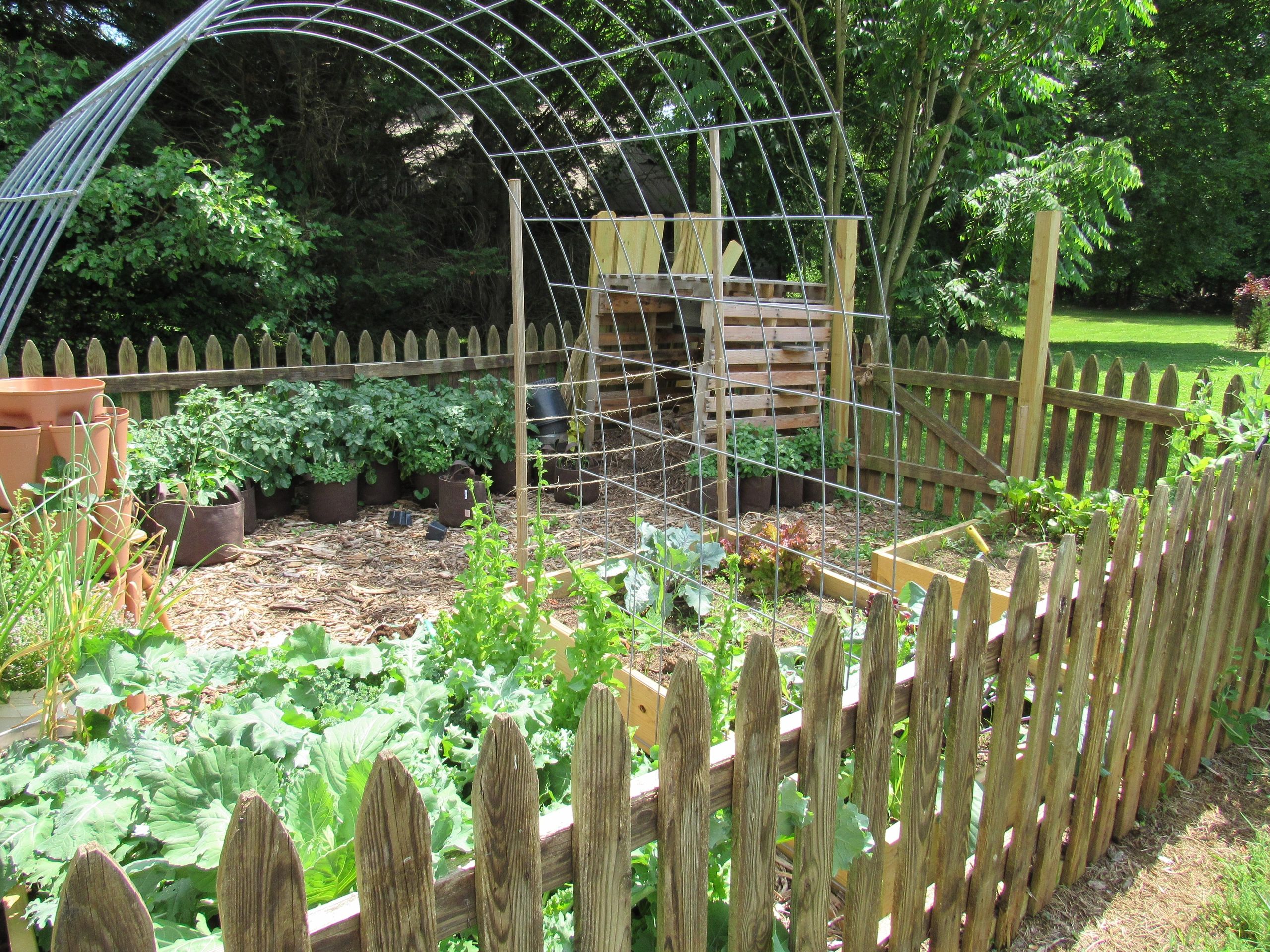Explore the Best Practices for Homestead Gardening at Any Skill Level
Explore the Best Practices for Homestead Gardening at Any Skill Level
Blog Article
Learn How to Cultivate a Growing Gardening Setting for All Ability Degrees
Creating a flourishing garden is a multifaceted endeavor that can be welcomed by individuals at any type of ability degree. By taking a look at key elements such as soil wellness, suitable plant choice, and seasonal care routines, one can establish a lasting horticulture method that produces enjoyable results. Understanding exactly how to examine and boost your garden area lays the structure for success. The details of applying these concepts often present difficulties that can hinder also the most enthusiastic amateur. What approaches can be employed to conquer these barriers and foster an absolutely growing environment?
Understanding Your Garden Area
In the realm of gardening, understanding your yard room is vital to cultivating a growing landscape (Homestead Gardening). The initial step in this endeavor includes examining the particular characteristics of your story. Variables such as soil structure, sunlight exposure, and water drainage play critical duties in figuring out the viability of your yard for different kinds of plants
Begin by performing a soil test to assess pH levels and nutrition material, which will notify any kind of necessary amendments. Furthermore, observe exactly how much sunlight your space receives throughout the day. Various plants have varying light requirements; some grow in full sunlight, while others prefer partial or full color.

Last but not least, review the offered space and plan as necessary. This includes taking into consideration plant heights and infected make certain adequate area for development without congestion. By obtaining a detailed understanding of your garden room, you set the structure for an effective horticulture experience.
Selecting the Right Plants
Selecting the right plants for your yard needs cautious consideration of numerous variables, including climate, soil conditions, and individual choices. Start by evaluating your local climate, as particular plants grow specifically temperature level arrays and climate patterns. Exotic plants may not endure in chillier areas, while sturdy perennials can endure rough wintertimes.

Consider your individual preferences, consisting of aesthetic charm and maintenance degrees. Decide whether you like vibrant blossoms, lush foliage, or edible plants. Additionally, variable in the time and initiative you agree to buy plant treatment, as some varieties require even more attention than others.
Lastly, consider the garden's format and light direct exposure. Sunlight patterns throughout the day will certainly influence your options-- some plants call for full sun, while others prosper in color. By thoughtfully examining these elements, you can produce a unified and effective yard customized to your environment and tastes.
Necessary Horticulture Devices
A well-equipped gardener can considerably improve their horticulture experience and results. Crucial horticulture devices are basic to growing an effective yard, no matter ability degree. A strong spade is invaluable for digging and transforming dirt, while a trowel permits for exact growing and transplanting of smaller plants.
Pruning shears are vital for keeping plant wellness by getting rid of disordered or dead branches, advertising much better air circulation and growth. In addition, a hand rake is valuable for getting rid of debris and aerating the dirt, making sure ideal conditions for plant origins.
Gardening handwear covers safeguard hands from chemicals, thorns, and sores, making them a necessary accessory. A watering can or tube with a flexible nozzle makes sure that plants receive adequate dampness without overwatering.
Finally, think about investing in a tough wheelbarrow for moving soil, plants, and pop over here devices around the yard efficiently. By constructing a high quality toolkit that includes these necessary items, garden enthusiasts can deal with numerous tasks with self-confidence and simplicity, leading the way for a thriving horticulture environment. Keep in mind, the right tools not only boost effectiveness yet likewise boost the overall pleasure of the gardening process.
Dirt Preparation and Upkeep
Quality dirt is the structure of a successful yard, making appropriate prep work and upkeep critical for healthy plant development. The very first step in dirt preparation includes testing its pH and nutrient levels. This can be attained via soil screening packages available at gardening facilities or via professional services. Based upon the examination results, amendments can be made to enhance dirt problems for specific plant requirements.
Integrating raw material, such as garden compost or well-rotted manure, is crucial for improving soil structure and fertility. This not only improves nutrition accessibility yet additionally advertises beneficial microbial activity. Furthermore, proper drainage is important; heavy clay soils may require the addition of sand or perlite to improve aeration.
Regular upkeep of dirt wellness consists of mulching, which preserves dampness and reduces weeds. Rotating plants each year aids stop nutrient exhaustion and decreases pest and disease threats. It is official website additionally crucial to prevent over-tilling, which can disrupt dirt framework and damage useful organisms.
Inevitably, a regular commitment to soil prep work and maintenance will bring about a growing garden, ensuring that plants obtain the vital nutrients they need for durable growth and productivity.
Seasonal Care and Monitoring

In spring, concentrate on planting new seeds and seedlings, while also carrying out dirt tests to amend nutrient deficiencies. Routinely examine for conditions and insects, as these can proliferate with the warming climate. Summer season demands regular watering and mulching to maintain moisture, together with trimming for much better air blood circulation.
As autumn techniques, it's time to prepare the garden for dormancy. This consists of harvesting plants, tidying up debris, and using a layer of compost to safeguard plant origins from frost. Think about growing cover crops to like it enhance the dirt during the winter season.
Examine structures like greenhouses for damage and make sure correct insulation for delicate plants. By adjusting your horticulture techniques to the seasonal cycles, you can foster a flourishing environment that supports plant health and wellness year-round.
Final Thought
To conclude, growing an effective yard calls for a thorough understanding of essential principles such as soil composition, sunshine direct exposure, and ideal plant option. Implementing effective dirt prep work and upkeep methods, together with using the right tools, fosters an optimal growing setting. Normal seasonal treatment and administration methods better boost plant health and efficiency. By sticking to these fundamental standards, individuals whatsoever skill levels can attain a prospering garden that contributes to both aesthetic satisfaction and ecological sustainability.
Choosing the right plants for your yard requires mindful factor to consider of various variables, including environment, soil conditions, and individual preferences. Conduct a dirt test to establish pH levels and vitamins and mineral material, which will assist you in selecting plants that will certainly flourish in your yard.Lastly, take into consideration investing in a tough wheelbarrow for carrying dirt, plants, and tools around the yard efficiently.Quality dirt is the structure of a successful yard, making proper prep work and maintenance vital for healthy plant growth. Homestead Gardening.In final thought, growing an effective garden needs a comprehensive understanding of necessary concepts such as soil structure, sunshine exposure, and proper plant option
Report this page